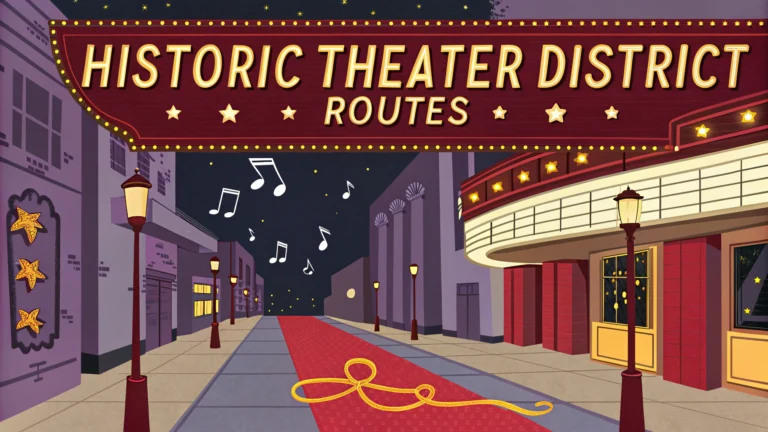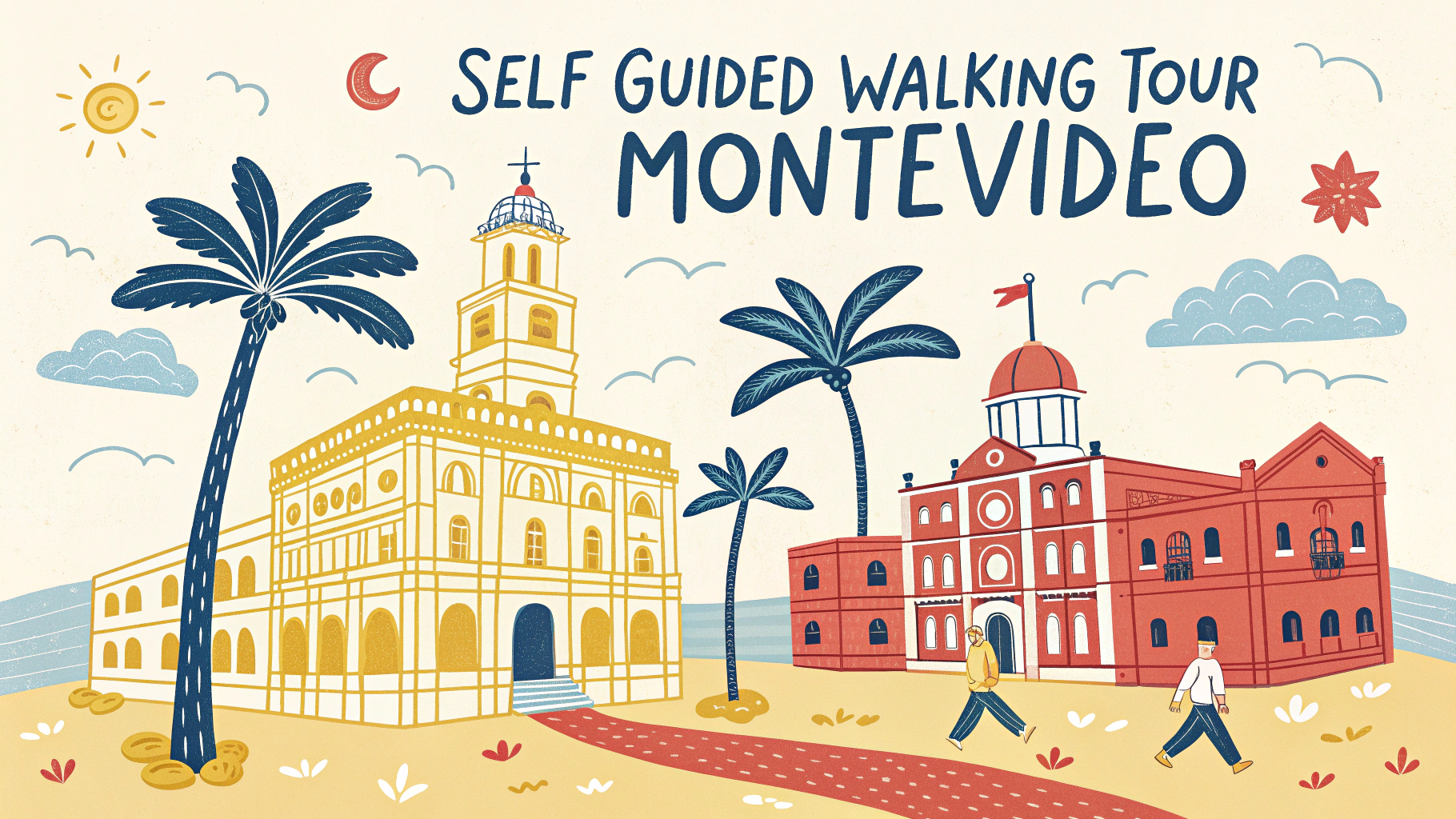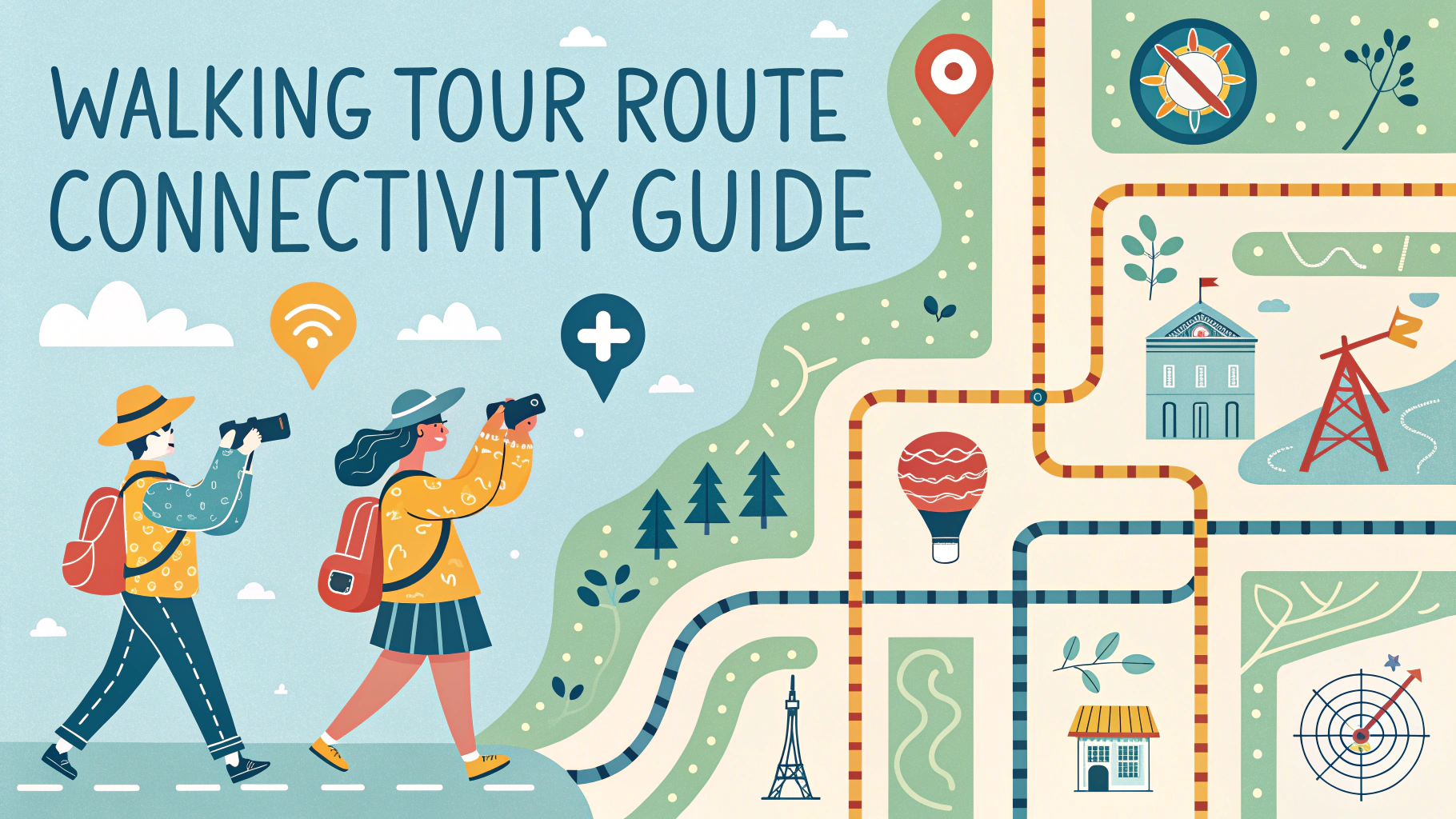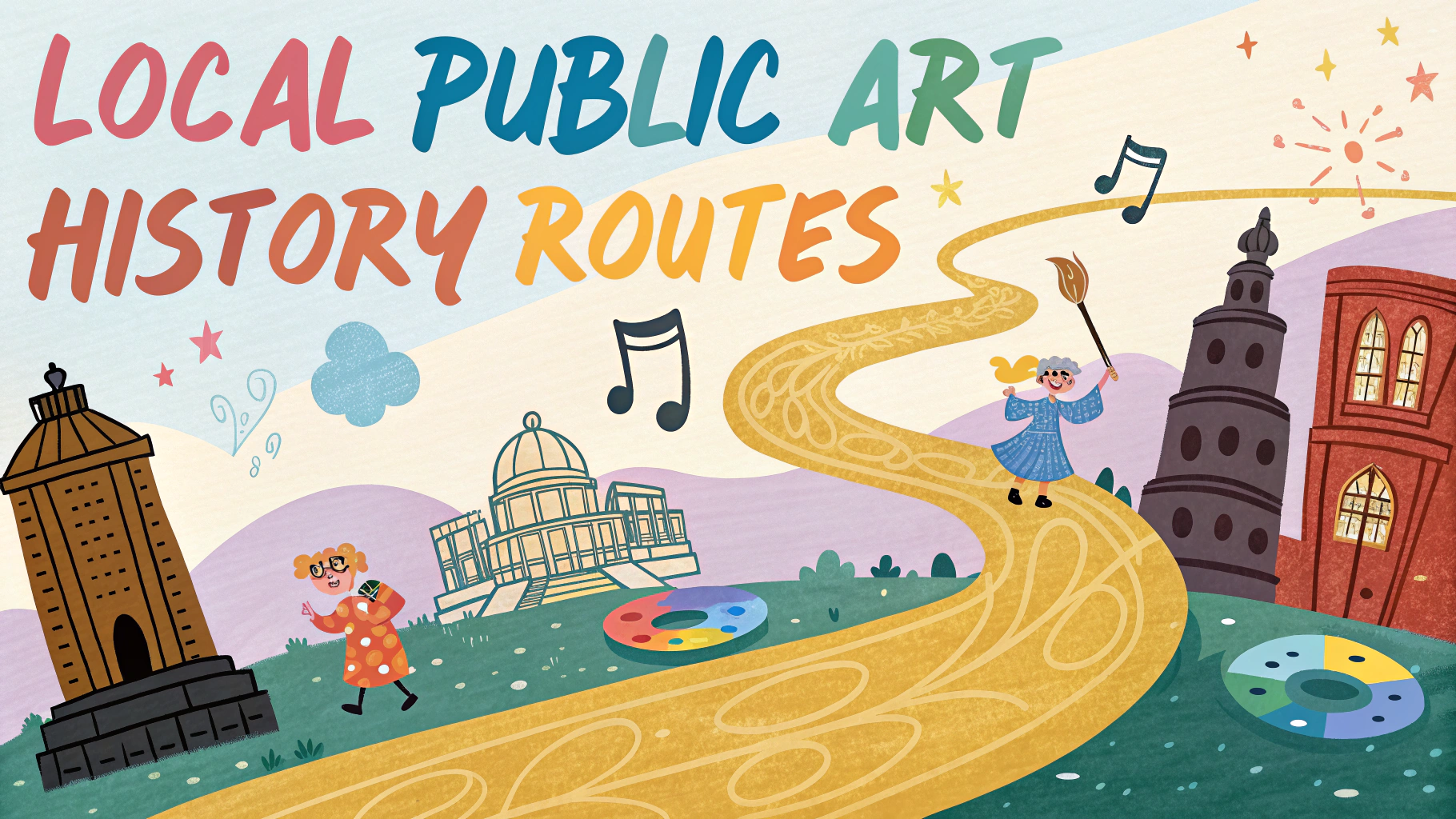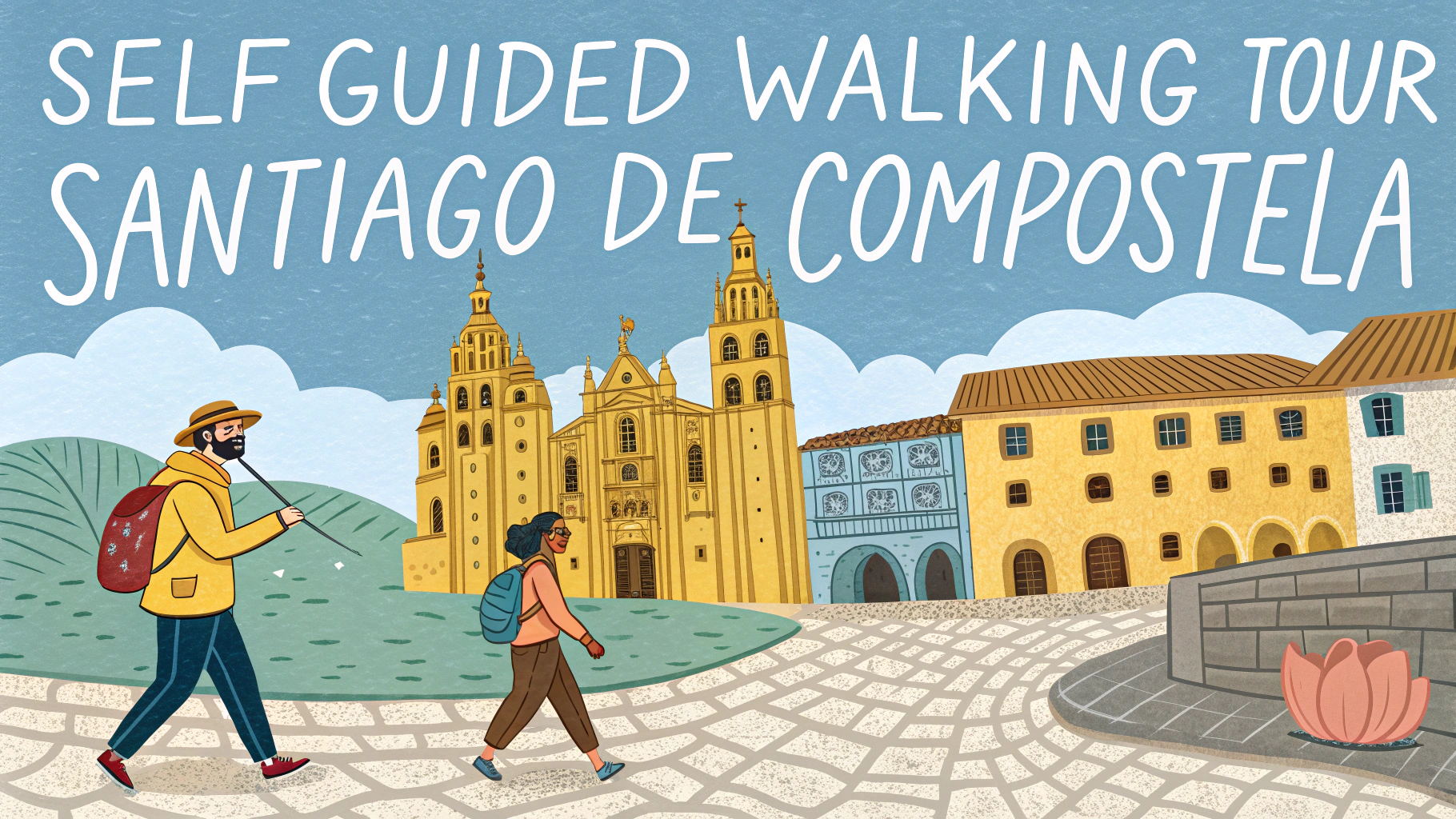A self-guided walking tour through historic theater districts offers an intimate look at architectural gems, cultural landmarks, and entertainment history.
Planning Your Theater District Walking Tour
Before starting your walking tour, download offline maps or pick up a printed guide from local visitor centers.
Comfortable walking shoes are essential for exploring theater districts, which often cover several city blocks.
- Water bottle and weather-appropriate clothing
- Camera for architectural photography
- Small notebook for historical notes
- Portable battery pack for phone
Popular Theater District Routes
New York’s Broadway Theater District
Start at Times Square (42nd Street and Broadway) and explore 41 professional theaters within a few blocks.
- Notable Stops:
- Lyceum Theatre (149 W 45th St) – oldest continuously operating theater
- New Amsterdam Theatre (214 W 42nd St) – Disney’s flagship theater
- Shubert Theatre (225 W 44th St) – historic Broadway icon
London’s West End
Begin at Leicester Square and wind through Covent Garden and Shaftesbury Avenue.
- Key Landmarks:
- Theatre Royal, Drury Lane (Catherine Street) – oldest London theater site
- Her Majesty’s Theatre (Haymarket) – home to Phantom of the Opera
- Apollo Theatre (Shaftesbury Avenue) – Victorian architectural marvel
Photography Tips
- Morning light offers best conditions for architectural photos
- Evening shots capture marquee lights and theater atmosphere
- Check photography policies at individual theaters
Timing Your Visit
Mid-morning tours avoid peak tourist crowds while allowing good visibility of architectural details.
| Time | Advantage |
|---|---|
| 9-11 AM | Fewer crowds, good lighting |
| 2-4 PM | Theater doors often open for afternoon shows |
| 7-9 PM | Experience pre-show atmosphere |
Interactive Elements
- Scan QR codes on theater buildings for historical information
- Use theater district apps for audio commentary
- Check stage door locations for post-show actor meetings
Safety Tips
- Stay aware of surroundings, especially at night
- Keep valuables secure in crowded areas
- Walk on well-lit streets
- Follow local pedestrian signals
For guided tours or more information, contact local theater organizations or visitor centers in your chosen city.
Food and Refreshments
Many historic theater districts feature iconic restaurants and cafes that have served theater-goers for generations.
Recommended Stops
- Traditional theater district delis
- Historic cafes and coffee shops
- Pre-theater dinner venues
- Historic bars with theatrical heritage
Historical Documentation
Document your tour by collecting playbills, taking photos of historical markers, and recording architectural details unique to each venue.
- Note architectural styles and periods
- Record dates of theater establishment
- Document famous performances and premieres
- Photograph distinctive design elements
Extended Learning Opportunities
Enhance your theater district experience through additional educational resources.
- Local theater history museums
- Architecture walking tour apps
- Theater district libraries and archives
- Historical society presentations
Conclusion
A self-guided theater district tour offers a unique blend of architectural appreciation, cultural history, and entertainment heritage. Through careful planning and timing, visitors can experience these historic venues at their best while creating meaningful connections to theatrical traditions.
Remember to respect active theaters, follow local guidelines, and contribute to the preservation of these cultural landmarks for future generations of theater enthusiasts.
FAQs
- What is considered Boston’s Historic Theater District and where is it located?
Boston’s Historic Theater District is located in downtown Boston, primarily along Washington, Tremont, and Boylston Streets. It’s anchored by landmarks like the Orpheum, Wang, Colonial, Paramount, and Modern theaters. - How long does a typical self-guided theater district walking tour take?
A comprehensive self-guided walking tour typically takes 2-3 hours, covering approximately 1.5 miles when visiting all major historic theaters and architectural points of interest. - Which is the oldest theater in Boston’s Theater District?
The Orpheum Theatre, built in 1852, is the oldest theater in Boston’s Theater District and one of the oldest theaters in the United States. - Are the historic theaters still operational today?
Yes, most historic theaters are still active venues hosting Broadway shows, concerts, comedy acts, and various performances. The Wang Theatre, Colonial Theatre, and Orpheum Theatre regularly feature major productions. - What architectural styles can be seen in the Theater District?
The district features various architectural styles including Beaux-Arts (Wang Theatre), Victorian Gothic (Boston Opera House), and Art Deco (Paramount Theatre), spanning the late 19th and early 20th centuries. - What was the “Golden Age” of Boston’s Theater District?
The district’s Golden Age was during the early 1900s, particularly the 1920s, when it housed more than 50 theaters and was considered one of America’s premier pre-Broadway tryout cities. - Are there guided tours available besides self-guided options?
Yes, organizations like Boston By Foot and the Boston Preservation Alliance occasionally offer guided theater district tours, particularly during warmer months and special events. - What’s the best time to take a theater district walking tour?
Daytime hours between 10am and 4pm are optimal for visibility and photography. Weekends tend to be less crowded for exterior viewing, though theaters are often more active with matinee performances. - Can visitors go inside the historic theaters without attending a show?
Generally, theater interiors are only accessible during performances or special open house events. Some theaters offer scheduled historic tours, but these must be arranged in advance. - What nearby attractions complement a Theater District walking tour?
The district is near Boston Common, Chinatown, Downtown Crossing shopping area, and the Freedom Trail, making it easy to combine multiple historic and cultural attractions in one visit.
